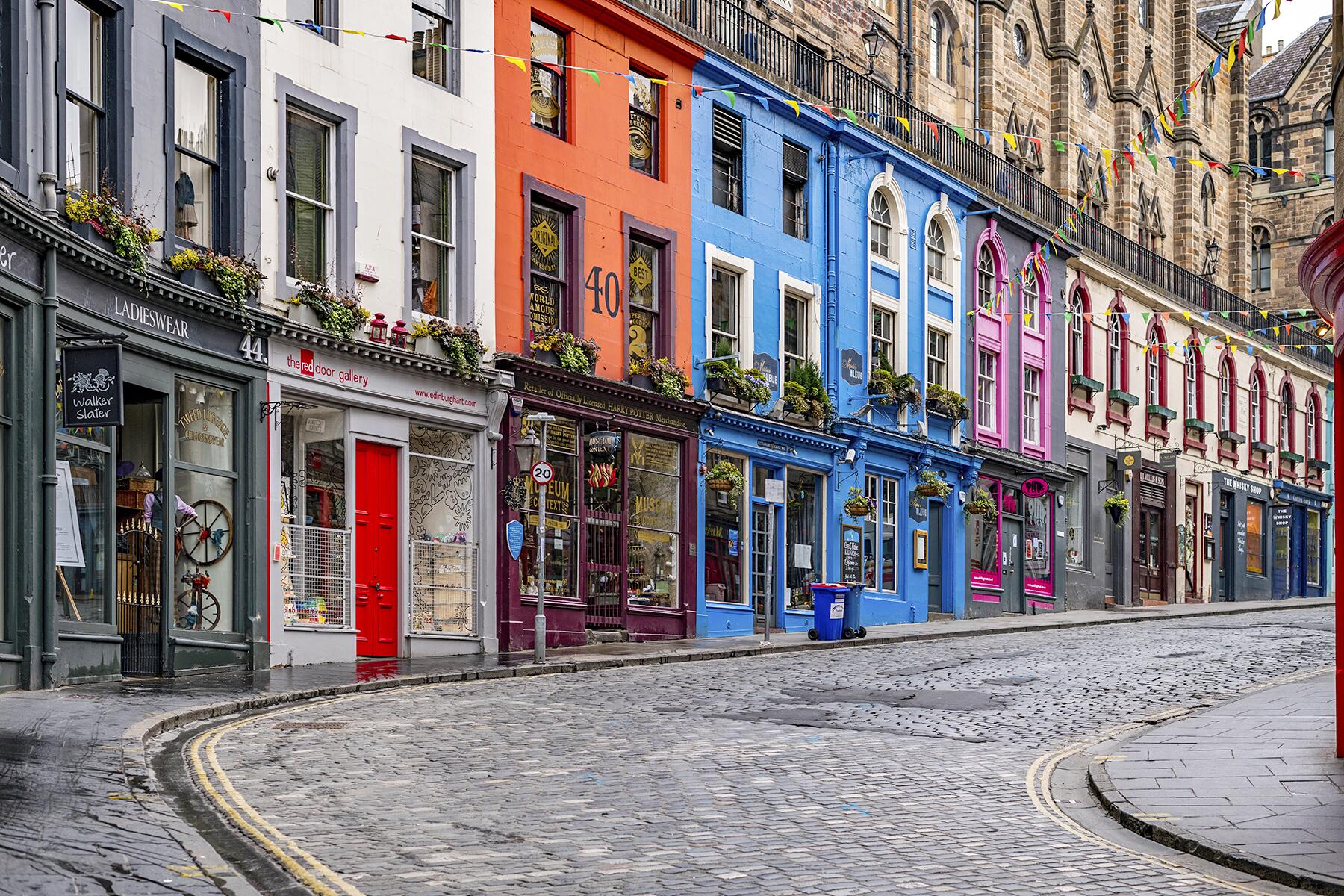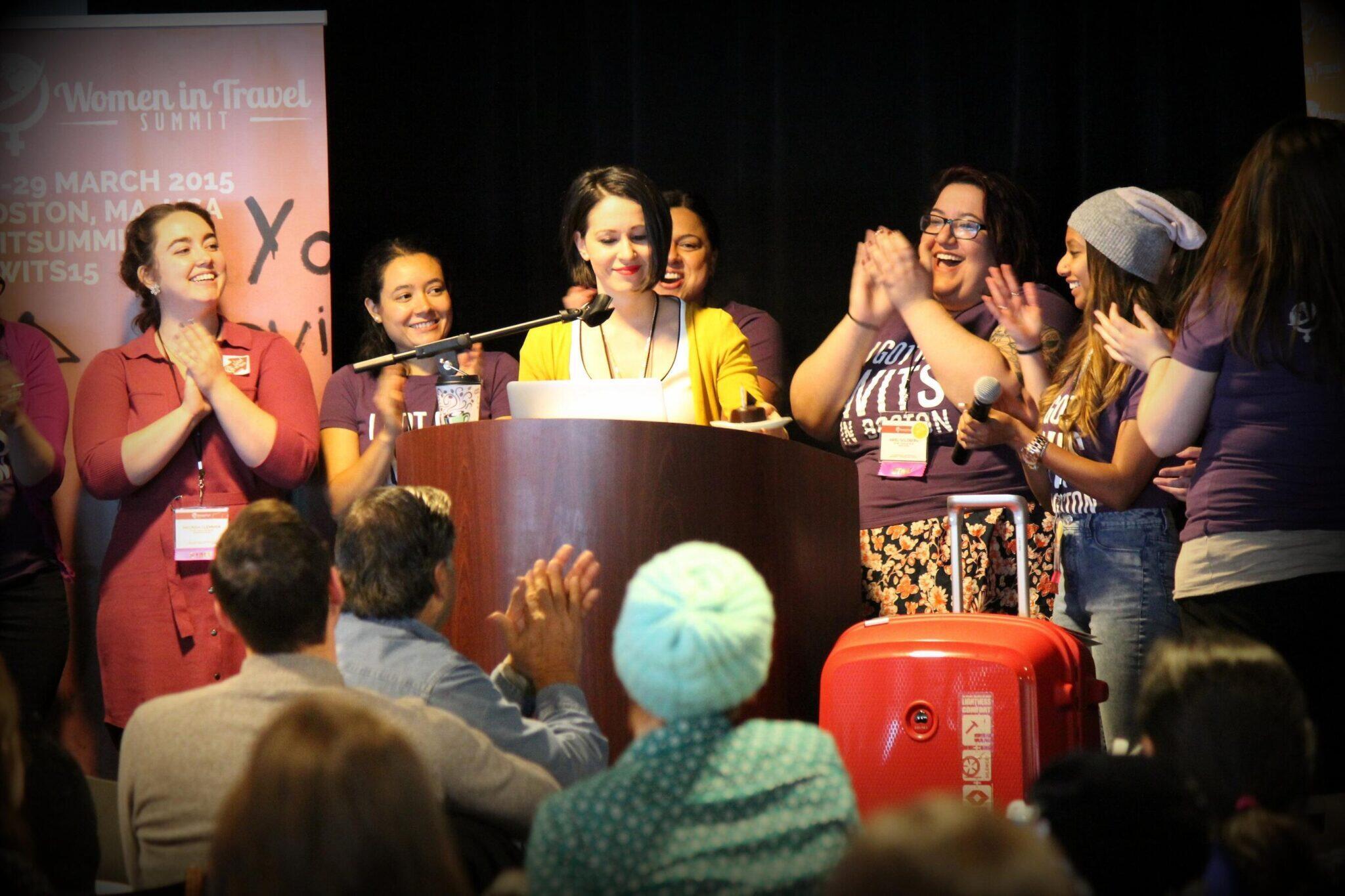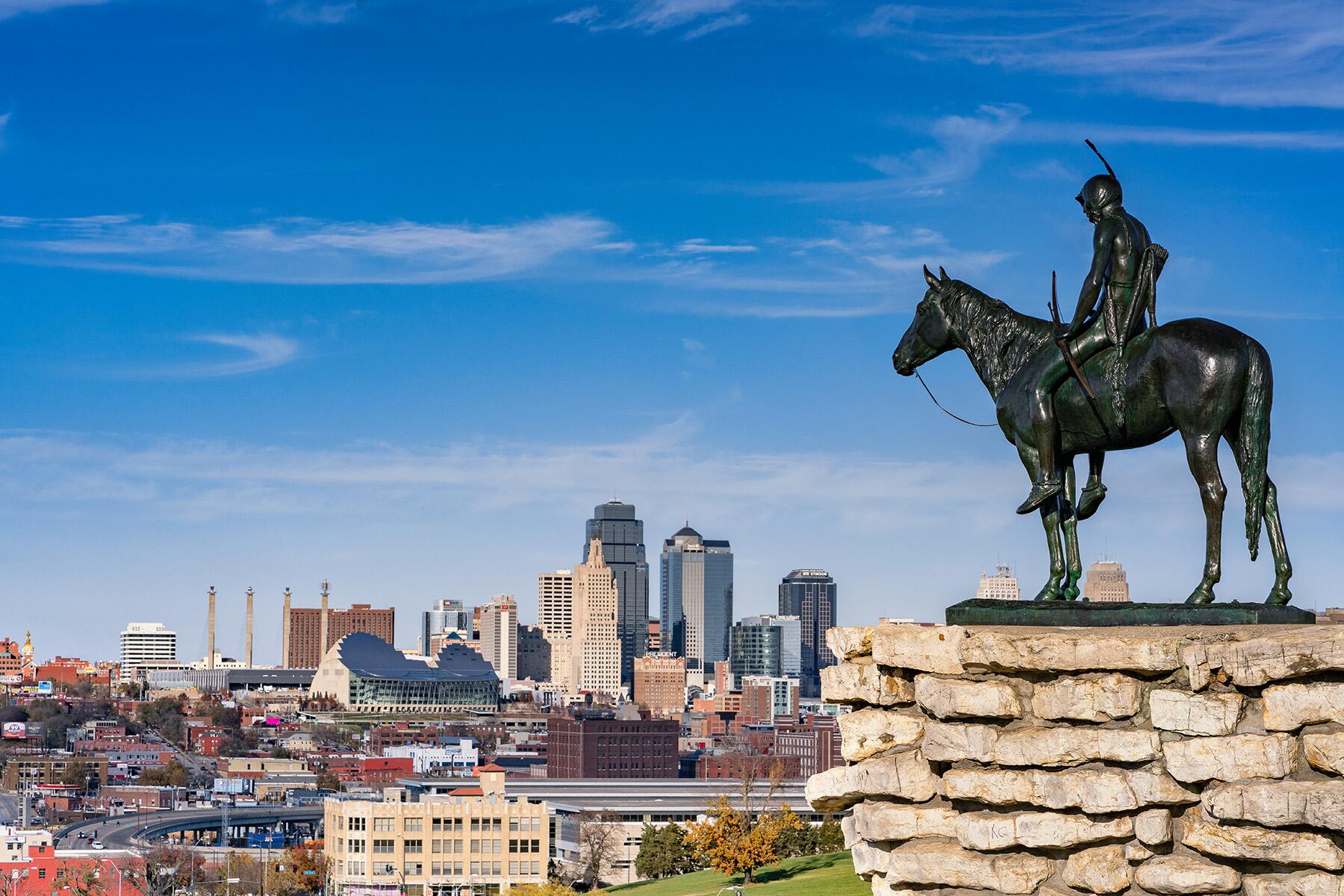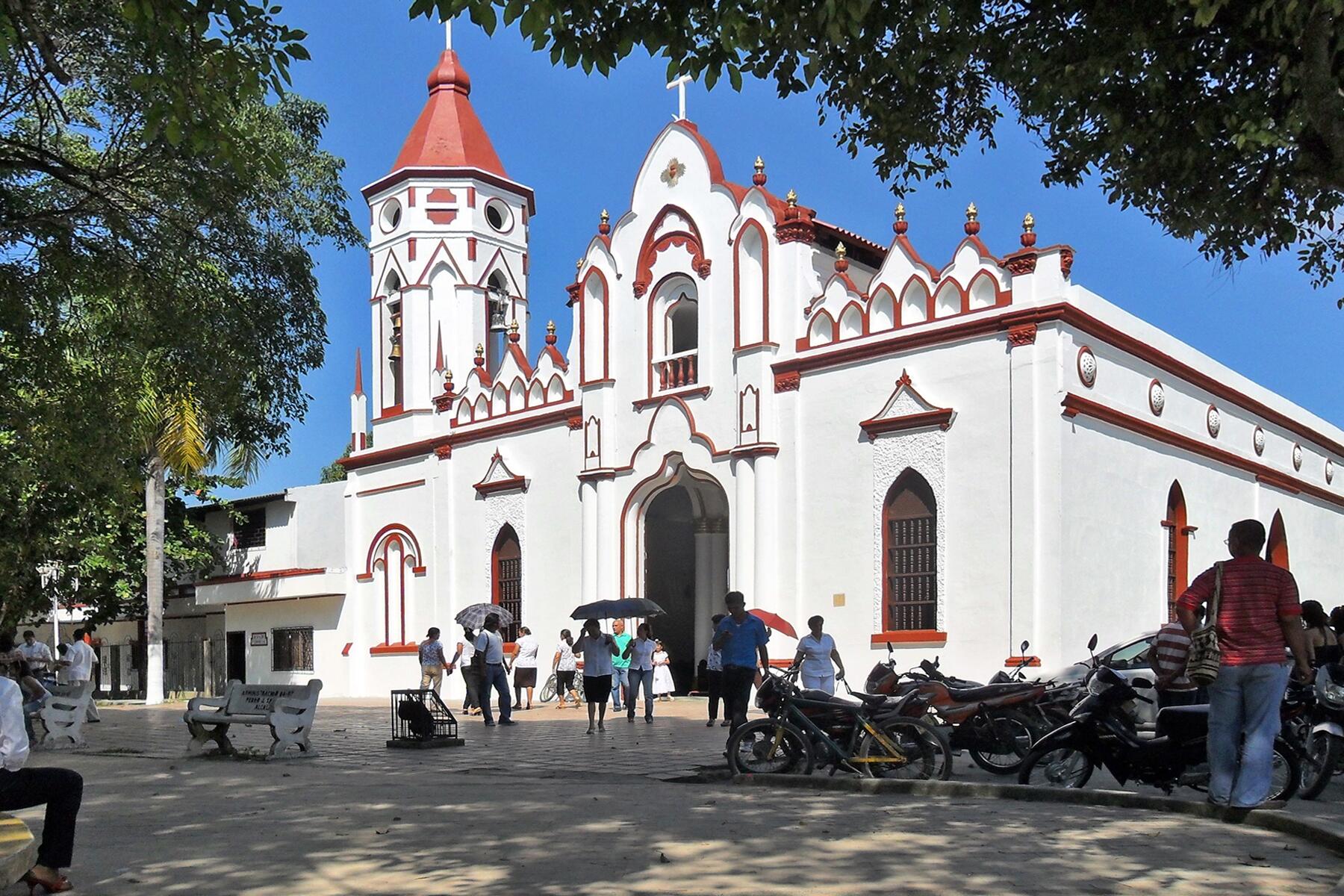Retracing Gabriel Garcia Marquez’s real-life inspirations for 'One Hundred Years of Solitude' in Aracataca, Colombia.
Colombia’s most famous writer, Gabriel Garcia Marquez, was born in the sleepy town of Aracataca in the Caribbean province of Magdelena. His early childhood here, where he was raised by his grandparents until the age of nine, left an indelible mark on his work.
Garcia Marquez grew up hearing stories from his grandmother about mermaids, flying carpets, and golden treasures. These stories were told with the same conviction most people reserve for family gossip or town history, forever cementing in the young Garcia Marquez a conviction that the world is full of whimsy. Through his masterpiece, One Hundred Years of Solitude, Garcia Marquez became a major fixture of the magical realism literary style while simultaneously immortalizing his birthplace.
Today, Aracataca remains the same agricultural hamlet as Garcia Marquez described in his novel, with the bulk of tourism coming from a steady trickle of literary enthusiasts seeking the birthplace of a legendary writer. Here, we’ve retraced the real-life places in Aracataca that inspired One Hundred Years of Solitude, from the house of black widow Remedios the Beauty to the workshop of his grandfather, the real-life colonel.






